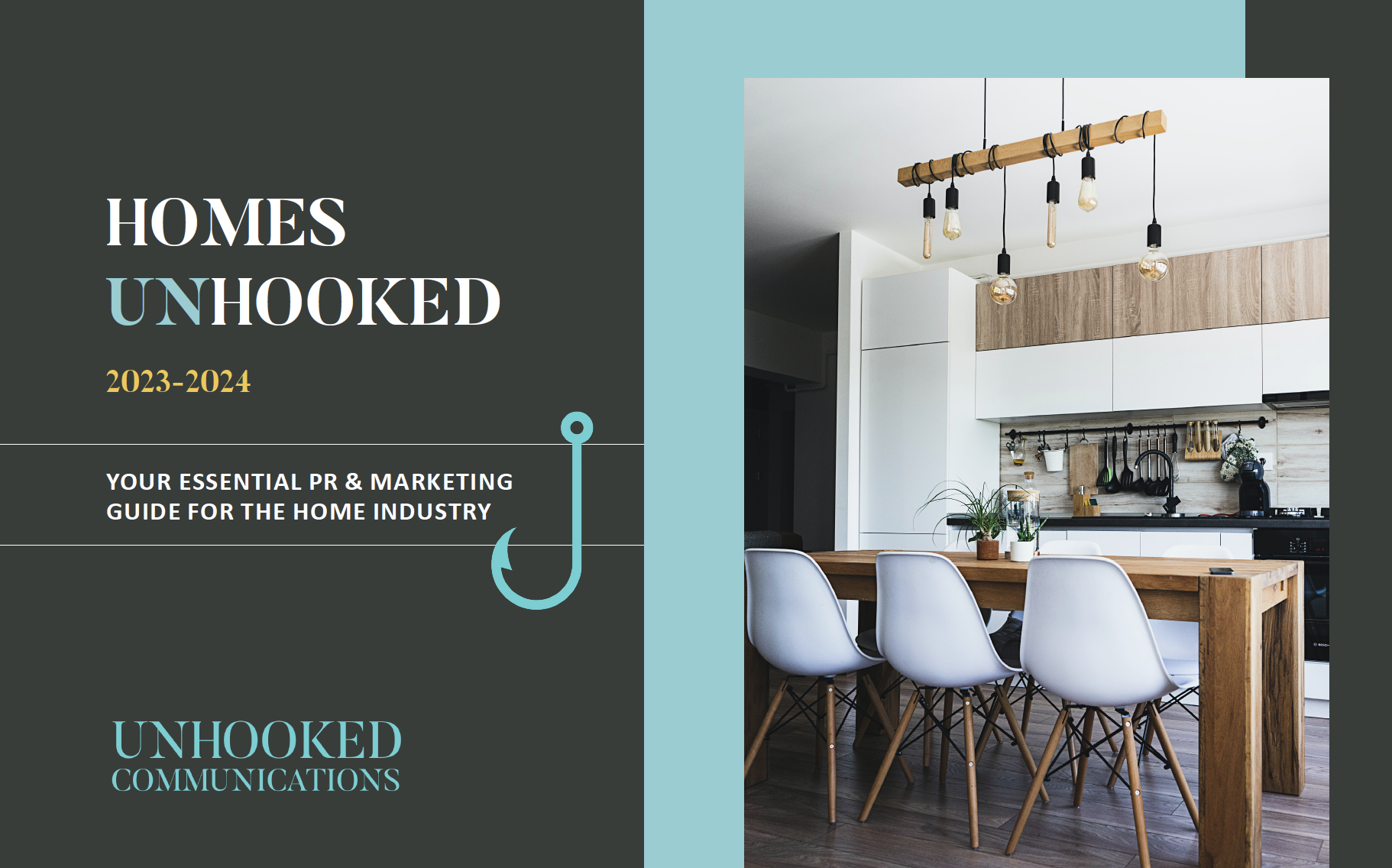As part of our Homes Unhooked PR and marketing guide for the homes industry, we found that consumers are worried about the accuracy of green claims when it comes to researching and buying products for the home, such as building materials, appliances, home technology, accessories and furnishings.
Two-thirds (62%) of people said they would be likely to check the sustainability or environmental impact of appliances before buying them, over half (54%) said they’d check before buying building materials, and 53% said they’d check before buying home furnishings.
However, 50% said they worry that a company’s claims around the sustainability credentials of their products or materials for their home may be misleading or inaccurate.
Over a quarter (27%) of consumers don’t know where to check the information and proof of sustainability claims for products or materials and 23% said they don’t understand the language and terminology used.
How can construction and home interiors businesses genuinely communicate their eco-credentials?
For businesses that have a positive sustainability story to share when it comes to their materials and products for the home, there’s more to do than simply write and send out a press release. Activity needs to start with the way the business operates and manufacturers and/or supplies its materials or products. Once there is clear evidence in place and a system to monitor and measure the environmental impact of the business and its products, then it’s time to start integrating your sustainability activity and achievements into your PR and marketing strategy.
3 steps to sustainability comms for the construction and home interiors industry
- Do it: You can’t have a communications strategy around sustainability if you’re not actually doing anything that genuinely benefits the planet and people. From your business operations and Environmental, Social and Governance (ESG) policies through to your manufacturing methods and investment strategies, make sure that sustainability is integrated throughout your business.
- Prove it: Whether its testing and data to back up the energy efficiency claims of your products and materials, or regularly monitoring and measuring improvements in other areas of your business, such as recycling and reducing your carbon footprint, make sure you have clear evidence to back up what you’re doing. Introducing an annual ESG report can show your commitment and continuous improvement across all areas of your business. It’s important to continually monitor and measure performance and results.
- Say it: Once you’ve done it and can prove it, then you can start shouting about your sustainability efforts and achievements. Rather than a standalone strategy, sustainability should be part of your wider PR and communications activity to target and engage with your audiences, from customers and employees to investors and other stakeholders. You’ll need to make sure that you’re using the appropriate channels and tailor your messaging for your specific audience.
The top channels and sources of information consumers go to when checking the eco-credentials of materials and products for the home:
Website | 33% |
Review sites | 23% |
Social media | 22% |
Packaging | 19% |
News stories / media coverage | 16% |
Third party sources | 10% |
Award wins / accreditations | 9% |
ESG reports | 8% |
The research was carried out as part of the Homes Unhooked 2023-2024 report, a PR and marketing guide for the home industry.


